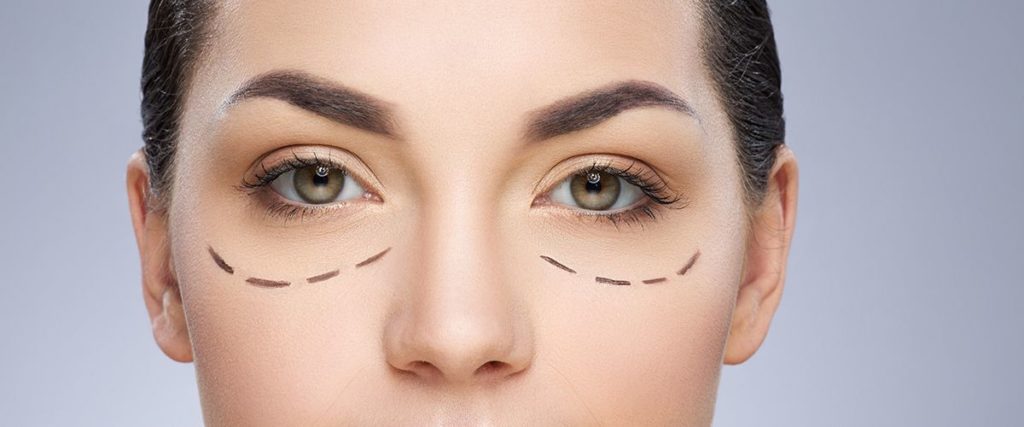Eyelid Surgery (Blepharoplasty)

Blepharoplasty is the surgical adjustment of the eyelid. Surplus tissue such as skin and fat are removed or repositioned, and bordering muscles and tendons may be reinforced. It may be equally practical and cosmetic surgery.
Blepharoplasty is frequently performed as an elective surgery for cosmetic reasons. Lower eyelid blepharoplasty is more often than not done for cosmetic causes to boost puffy lower eyelid “bags” and decrease skin wrinkling. Asian blepharoplasty or double eyelid surgery is a particular type of blepharoplasty that produces a crease in the upper eyelid. This “supratarsal fold” is common in many races but absent in about half of Asians. Surgery can artificially develop that crease and make a’ single-lidded ‘patient appear’ double-lidded. ‘ It’s the most used type of cosmetic surgery among East and Southeast Asian backgrounds.
Procedure
Blepharoplasty is usually done through external incisions produced over the normal skin lines of the eyelids, such as the creases of the upper lids and under the lashes of the lower lids. Incisions may be produced from the inside surface of the lower eyelid (transconjunctival blepharoplasty); this enables removal of lower eyelid fat without an externally-visible scar but doesn’t let excess skin be removed. External skin resurfacing with a chemical peel or carbon dioxide laser may be done simultaneously. This allows for a quicker recovery process.
The operation typically requires one to three hours to complete. Preliminary swelling and bruising resolve in one to two weeks, but at least several months are needed till the final result becomes stable. Blepharoplasty’s effects are most useful valued by researching before and following images of surgical patients.
Recovery
The recovery process after having blepharoplasty may occupy a couple of weeks. Patients will get instruction for all through the home treatment, and all the time, they get painkillers that simplify the pain due to the incisions.

Non-surgical alternatives
Non-surgical alternatives have shown development, with patients demonstrating early indications of facial aging. Lasers, chemical peels, botulinum toxin, and dermal fillers are utilized to some extent to take care of periorbital tissue. Though efficient, these remedies are not theoretically “blepharoplasty,” and yet some practitioners refer to any treatment concerning the eyes, therefore; often preceded by “laser,” “non-surgical,” or “lunch-time.” Botulinum toxin, it ought to be observed, is used to relax the muscles in the forehead and between the eyes, therefore maybe not handling all the problems a patient seeking a blepharoplasty would want to be fixed. In therefore named “non-surgical blepharoplasty,” topical applications of acids and/or the use of lasers are accustomed to tighten and decrease skin volume in the upper and decrease eyelids. Injectable dermal fillers may also be applied to temporarily raise the volume in the trough area between the lower eyelid and the cheek. These techniques are efficient yet have not changed surgical remedies and shouldn’t be confused with blepharoplasty, which snacks not only the superficial skin tissue but also the main connective and muscle tissues.
